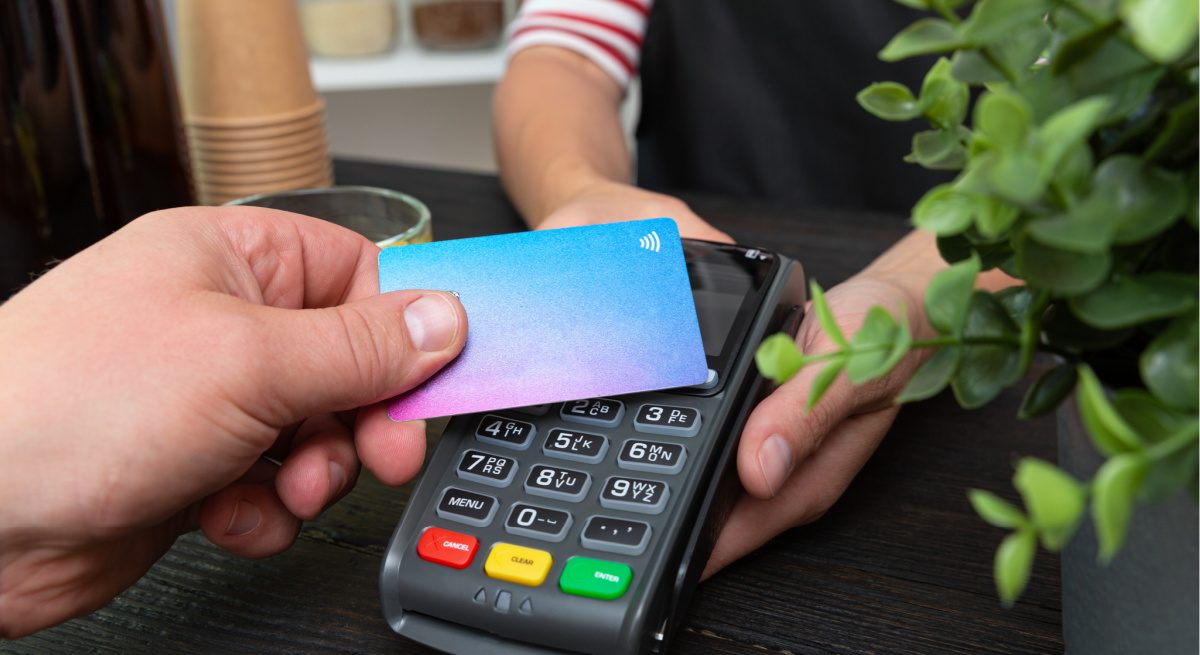How Restaurants Deliver Great Hospitality with Contactless Ordering and Payment
4 Min Read By Tim McLaughlin
Hospitality operators are rapidly turning to contactless ordering and payment solutions to help navigate the long road back to normal from COVID-19’s impacts. While it’s a smart innovation that some say is long overdue, the reality is operators are responding to customer demand. According to a recent study by Mastercard, “79 percent of respondents worldwide say they are now using contactless payments, citing safety and cleanliness as key drivers.” In fact, Mastercard estimates “over 40 percent growth in contactless transactions globally in the first quarter of 2020."
While contactless ordering and payment is here to stay, many operators remain concerned about how this new service model will impact their guest experience. Following are a few simple steps hospitality operators should consider:
Remember that Guests Come for the ExperienceRestaurateurs are facing a herculean effort just to produce and serve great food in this environment. But we also want to deliver a…
Sorry, You've Reached Your Article Limit.
Register for free with our site to get unlimited articles.
Already registered? Sign in!


